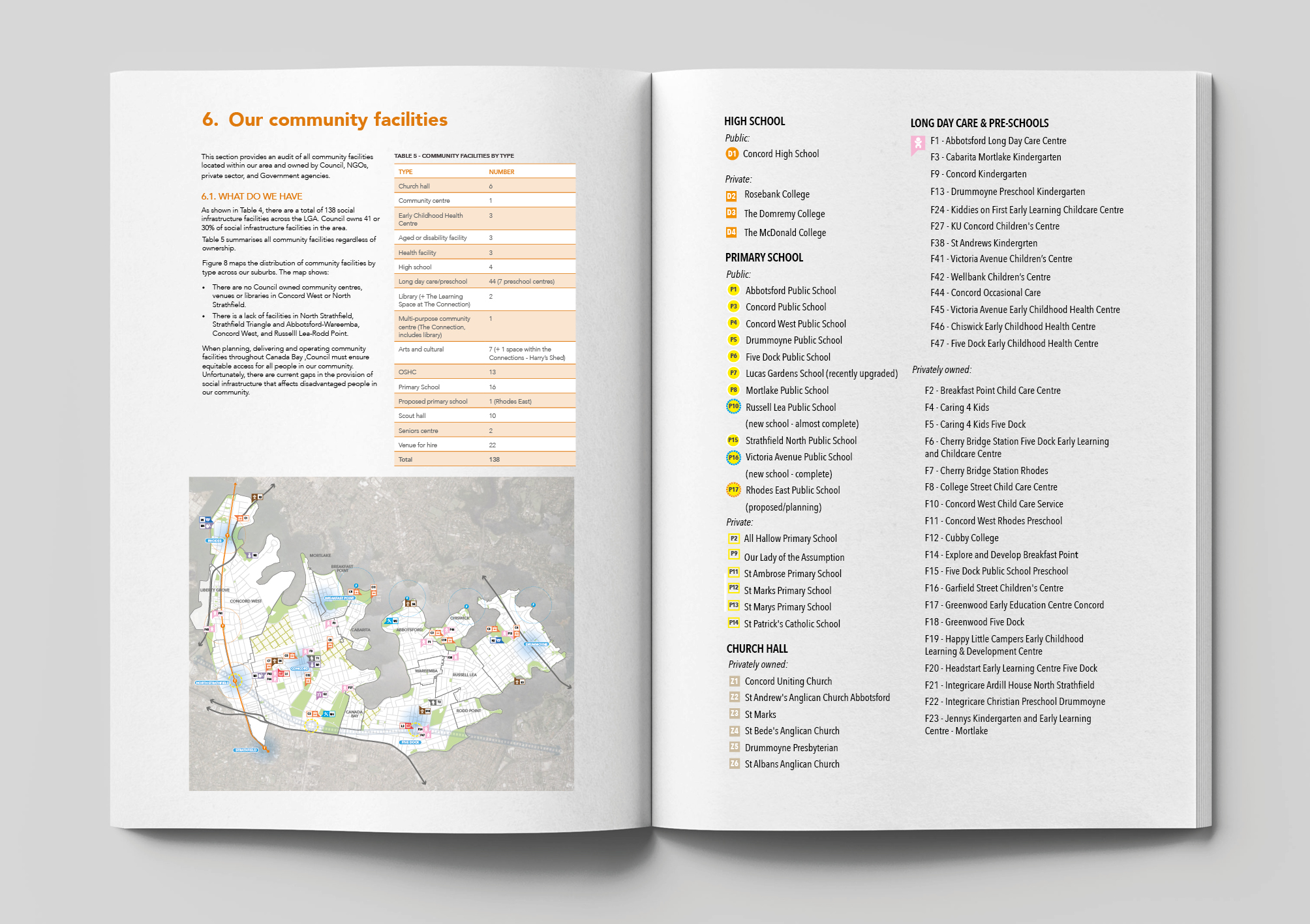City of Canada Bay
Social infrastructure strategies for open spaces and community facilities in Canada Bay
The Canada Bay local government area is growing and becoming increasingly socially and culturally diverse – an additional 32,000 people will live in the area by 2036. Determining how these people will have access to social infrastructure such as community facilities and programs, open spaces and recreations facilities will be key to supporting them to continue to have a high quality of life, health and happiness.
In 2019, Cred was engaged by City of Canada Bay Council to prepare two social infrastructure strategies to guide Council’s future planning, and to inform the preparation of their Local Strategic Planning Statement.

Concord Community Garden, Canada Bay.



